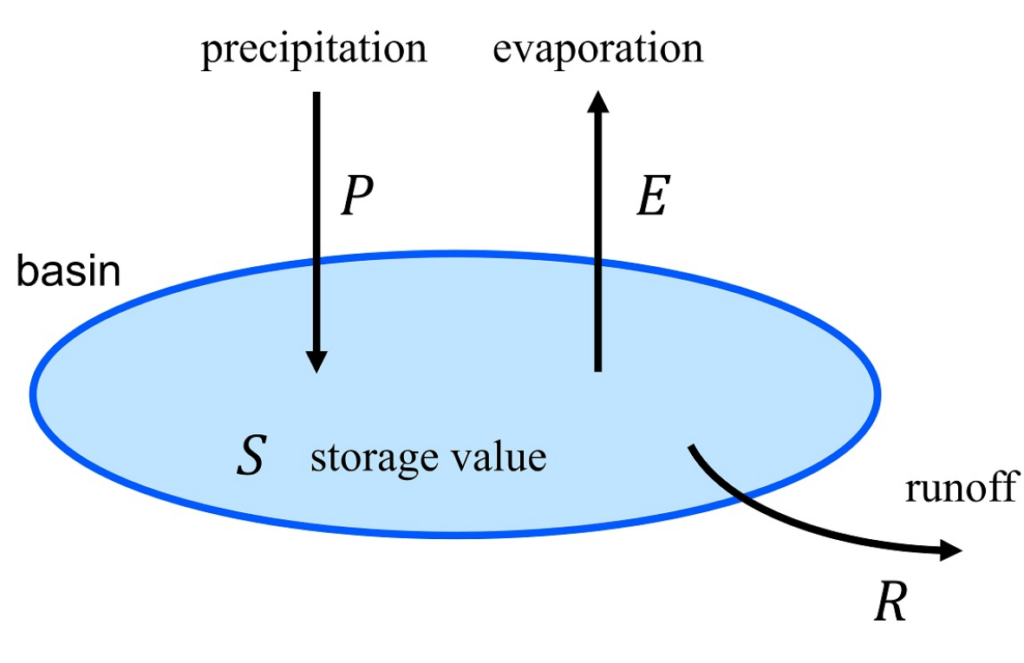What Does
Water Budget Mean?
A water budget is a hydrological tool used to quantify the flow of water in and out of a system. In other words, it is an accounting of all water stored and exchanged on the land surface (rivers, lakes), subsurface (aquifer, groundwater), and atmosphere (precipitation, evaporation).
The concept behind a water budget is that the rate of change of water stored in an area is balanced by the quantity and rate at which water flows into and out of that area. This concept is used by hydrological engineers to form the basis of effective water-resource sustainability, management, and environmental planning.
The water budget can be expressed in several ways. The United States Geological Survey (USGS) defines the water budget for a small watershed as:
P + Qin = ET + ∆S + Qout
Where:
P = precipitation (rain, snow, etc.)
Qin = water flow into the watershed
ET = quantity of evapotranspiration from soils, surface-water, plants, etc.
∆S = Change in water storage
Qout = sum of water flowing out of the watershed
While other forms of the water budget equation exist, they all follow the same basic concept.
 Figure 1: Simplified illustration of the elements of the water budget equation
Figure 1: Simplified illustration of the elements of the water budget equation
Source:
(Source: Wikipedia)
Trenchlesspedia Explains Water Budget
While a water budget is a relatively simple concept, it is essential for computing and evaluating available water resources for human and environmental needs. It is, therefore, important for engineers and decision-makers to have an understanding of this tool.
Changes in the water budget over a particular area over time can be used to assess the effects of human activities and climate change on existing water resources. Also, by comparing the water budgets from different areas, researchers can quantify the impact of factors, such as vegetation, geology, and soil conditions on the hydrologic cycle.
How Are Water Budgets Used in Engineering Projects?
In terms of large-scale engineering projects, water budgets are essential in the analysis and design of reservoirs, dams, and groundwater well systems. While these systems form an integral part of a region’s water supply infrastructure, they are known to have adverse impacts on the environment and natural aquatic ecosystems.
When assessing these infrastructures, numerous factors need to be taken into consideration. For example, are the benefits of such systems outweighed by the negative effects on the surrounding environment? Will operations affect the health of downstream riparian ecosystems? How will the withdrawal of groundwater affect the surface water and the organisms that depend on it?
Detailed water budgets form the basis for making informed design, engineering, and management decisions for addressing the above issues. Hydrological engineers will typically look at several parameters, including precipitation rates, evaporations rates, climate, geology, vegetation, and discharge rates of streams, among other elements, to determine the feasibility of water infrastructure projects.